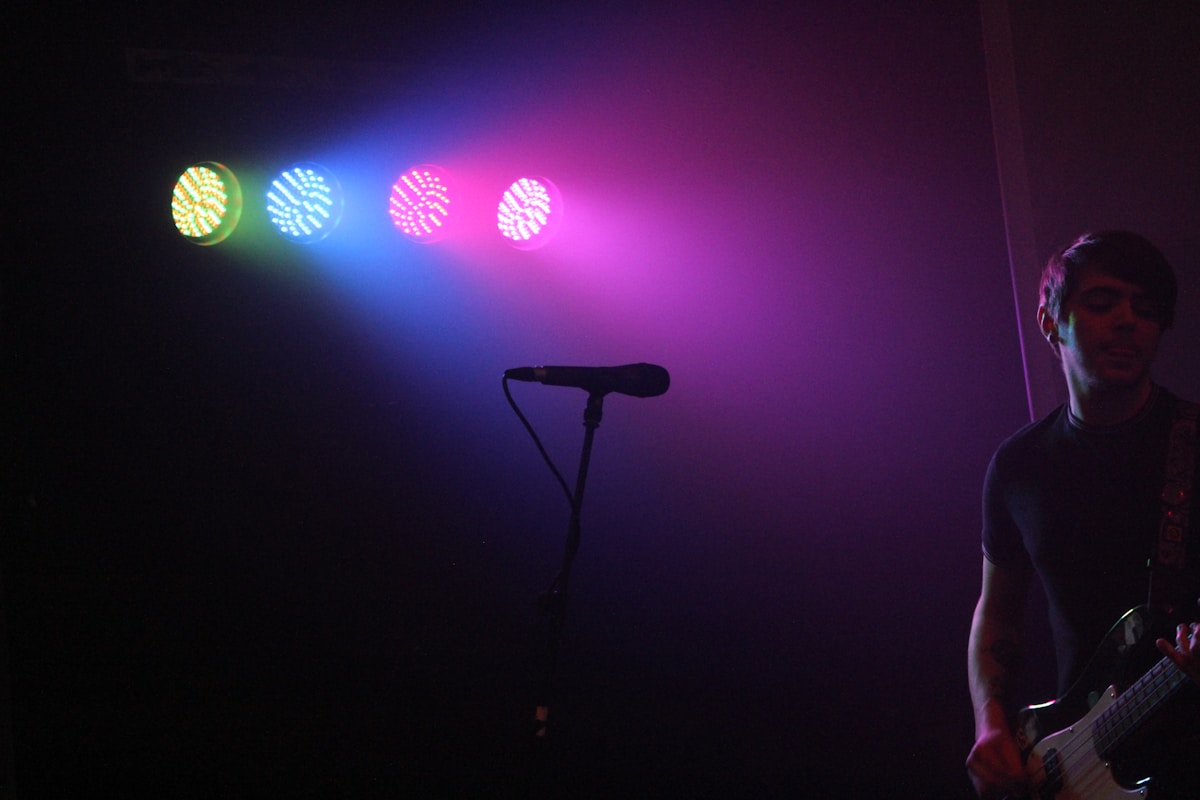ketanhdoshi.github.io/Audio-Mel
Preview meta tags from the ketanhdoshi.github.io website.
Linked Hostnames
6- 13 links toketanhdoshi.github.io
- 2 links tounsplash.com
- 1 link tocommons.wikimedia.org
- 1 link toen.wikibooks.org
- 1 link togithub.com
- 1 link towww.sfu.ca
Thumbnail

Search Engine Appearance
Audio Deep Learning Made Simple - Why Mel Spectrograms perform better
This is the second article in my series on audio deep learning. Now that we know how sound is represented digitally, and that we need to convert it into a spectrogram for use in deep learning architectures, let us understand in more detail how that is done and how we can tune that conversion to get better performance.
Bing
Audio Deep Learning Made Simple - Why Mel Spectrograms perform better
This is the second article in my series on audio deep learning. Now that we know how sound is represented digitally, and that we need to convert it into a spectrogram for use in deep learning architectures, let us understand in more detail how that is done and how we can tune that conversion to get better performance.
DuckDuckGo
Audio Deep Learning Made Simple - Why Mel Spectrograms perform better
This is the second article in my series on audio deep learning. Now that we know how sound is represented digitally, and that we need to convert it into a spectrogram for use in deep learning architectures, let us understand in more detail how that is done and how we can tune that conversion to get better performance.
General Meta Tags
11- titleAudio Deep Learning Made Simple - Why Mel Spectrograms perform better | Ketan Doshi Blog
- titleAudio Deep Learning Made Simple - Why Mel Spectrograms perform better | Ketan Doshi Blog
- charsetutf-8
- viewportwidth=device-width, initial-scale=1, shrink-to-fit=no
- X-UA-Compatibleie=edge
Open Graph Meta Tags
7- og:titleAudio Deep Learning Made Simple - Why Mel Spectrograms perform better
og:locale
en_US- og:descriptionThis is the second article in my series on audio deep learning. Now that we know how sound is represented digitally, and that we need to convert it into a spectrogram for use in deep learning architectures, let us understand in more detail how that is done and how we can tune that conversion to get better performance.
- og:urlhttps://ketanhdoshi.github.io/Audio-Mel/
- og:site_nameKetan Doshi Blog
Twitter Meta Tags
1- twitter:cardsummary_large_image
Link Tags
6- canonicalhttps://ketanhdoshi.github.io/Audio-Mel/
- shortcut icon/assets/images/favicon.ico
- stylesheethttps://use.fontawesome.com/releases/v5.3.1/css/all.css
- stylesheethttps://fonts.googleapis.com/css?family=Lora:400,400i,700
- stylesheet/assets/css/main.css
Links
19- https://commons.wikimedia.org/wiki/File:Decibel_scale.jpg
- https://en.wikibooks.org/wiki/Sound_in_the_Digital_Domain#/media/File:SSampling.png
- https://github.com/ketanhdoshi/ml
- https://ketanhdoshi.github.io/Audio-ASR
- https://ketanhdoshi.github.io/Audio-Augment